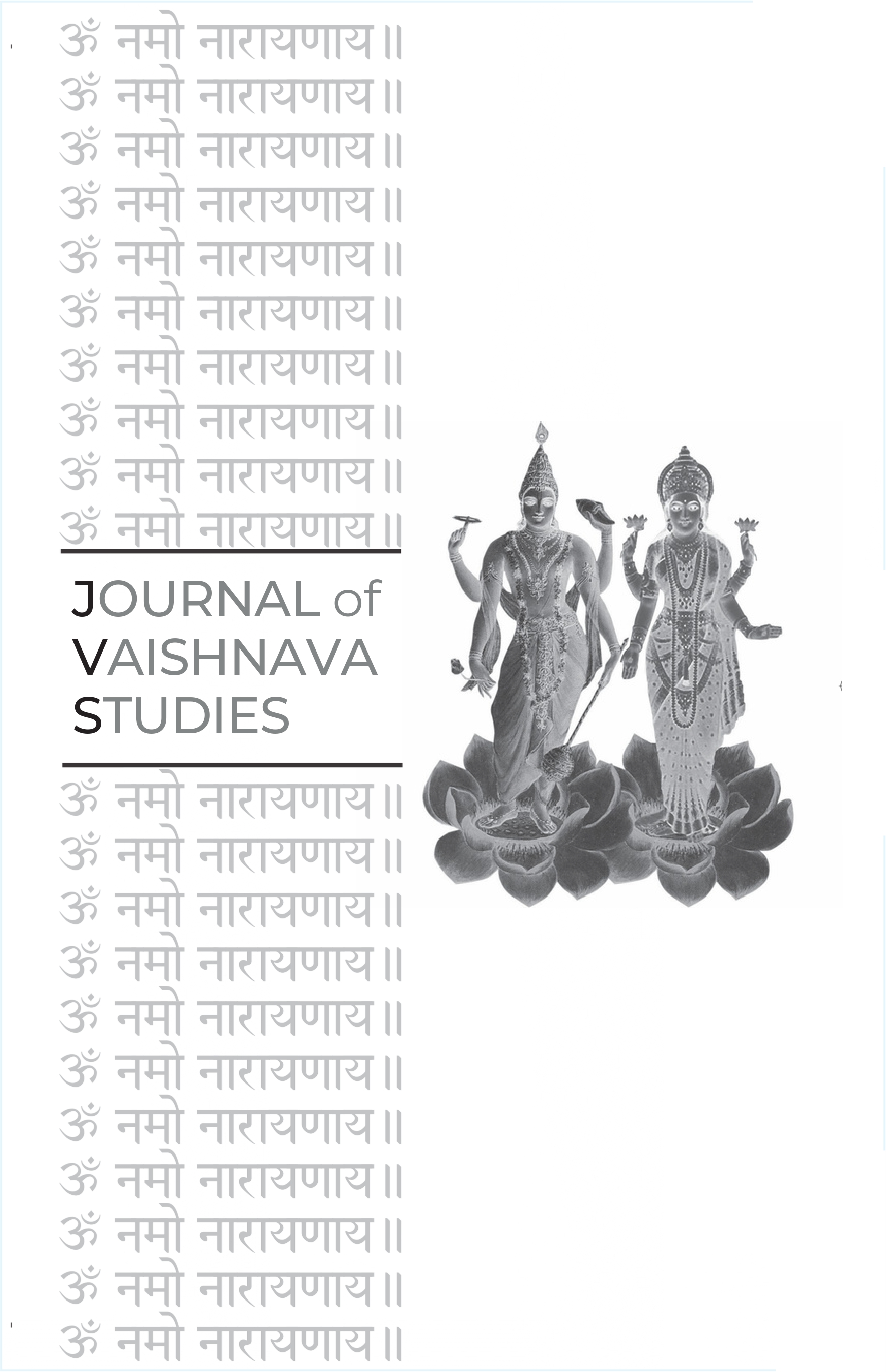Divine Conceptions: The Three Identities of Mount Govardhan
Keywords:
Govardhana theology, sākṣāt bhagavān, haridāsavarya, Govardhana as Rādhā, Vallabha tradition, personified landscape, parikramā, stone worship, devotional plurality, sacred ambiguityAbstract
The article “Divine Conceptions: The Three Identities of Mount Govardhan” by David L. Haberman explores the theological plurality surrounding the identity of Govardhana Hill. Beginning with scriptural affirmations—Kṛṣṇa’s declaration “śailo'smi” (“I am this mountain”)—the author elaborates on three primary devotional conceptions: (1) Govardhana as Kṛṣṇa himself (sākṣāt bhagavān); (2) Govardhana as the supreme devotee (haridāsavarya); and (3) Govardhana as Śrī Rādhā, especially within the esoteric streams of Vallabha and Rādhā-centered Vaiṣṇavism. Haberman situates each view within scriptural, ritual, and experiential contexts, tracing the mountain’s multifaceted personhood in devotional life. He supports his analysis through ethnographic fieldwork and explores how devotees enact these conceptions through pilgrimage, circumambulation (parikramā), and stone worship. The article demonstrates that Govardhana’s theological ambiguity is not merely tolerated but celebrated, providing rich symbolic elasticity for devotional engagement.Published
2015-06-20
Issue
Section
Articles





